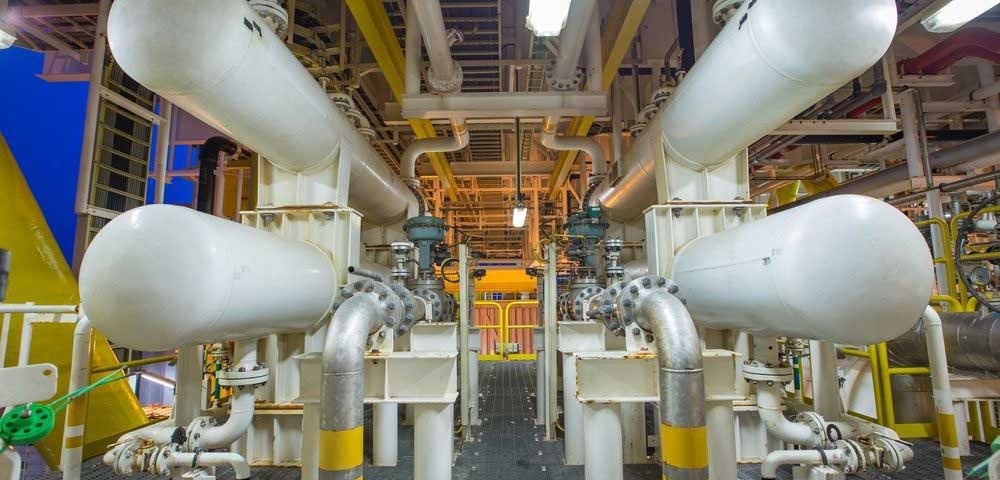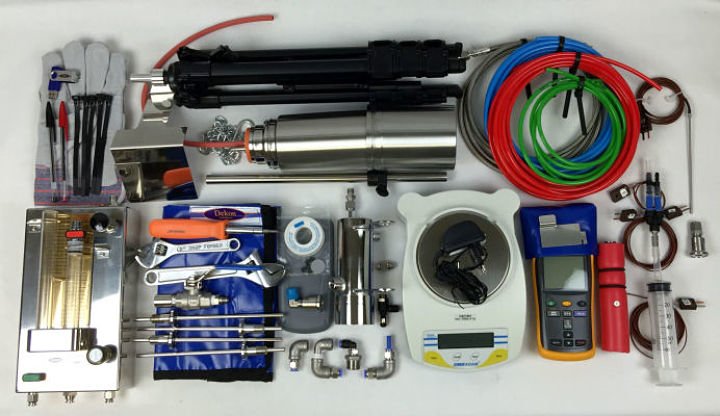Steam Quality Test
The testing involved in Facility Utility pure steam validation requires a continuous supply of saturated steam; preferably sourced from the actual line that supplies your sterilization systems. Too high a level of non-condensible gases will prevent the attainment of sterilization; too little moisture carried in suspension may allow the steam to become super-heated during expansion into the chamber, while excess moisture may cause damp loads. Where steam systems are either routinely or irregularly shut down, large quantities of air will be present in the distribution system on restarting. It is recommended that in such circumstances a comprehensive and validated venting procedure should be applied and testing steam quality should be routinely executed.
Non-Condensible Gases
Non-condensible gases begin from the water that the steam is produced from. These gases will generally be air, in spite of the fact that carbon dioxide might be available, brought about by certain water treatment measures, normally water conditioners. This is exacerbated by extreme air circulation that can exist in numerous drug water treatment plants where water is continually recycled and showered into the highest point of capacity vessels. The impact of such gases being available in the steam supply to a sanitizer can be equivalent to air, no sanitization of the volume they involve.

Super-heated Steam
Superheated steam will be steam at a temperature over its limit for its pressing factor. Superheated steam is a reasonable shading less gas that won't gather until its temperature drops to its limit. Until this happens the dampness important for sanitization can't be delivered and subsequently presents a danger to the interaction. Superheated steam goes about as hot air and requires supported high temperatures and long hold times before cleansing can happen. It is fundamental in office utility unadulterated steam approval to confirm that the steam being tried isn't superheated.

Dryness Value Test
Wet steam is unwanted as it has less energy than dry steam and all the more significantly can cause wet burdens. The bundling utilized for sterile items forestalls reinfection when dry, yet its bacterial retentive properties will be antagonistically influenced by the presence of dampness. Wet burdens can be viewed as un-sterile. The dryness part depicts how dry steam is, with a worth of 1 addressing steam that is 100% dry and subsequently liberated from entrained dampness. Steam with a dryness part of 0.99 comprises of 99% steam and 1% water. On the off chance that we measure the idle warmth present in the steam that has a dryness part of 0.99 we will find that it has 99% of the full remainder of inactive warmth.

